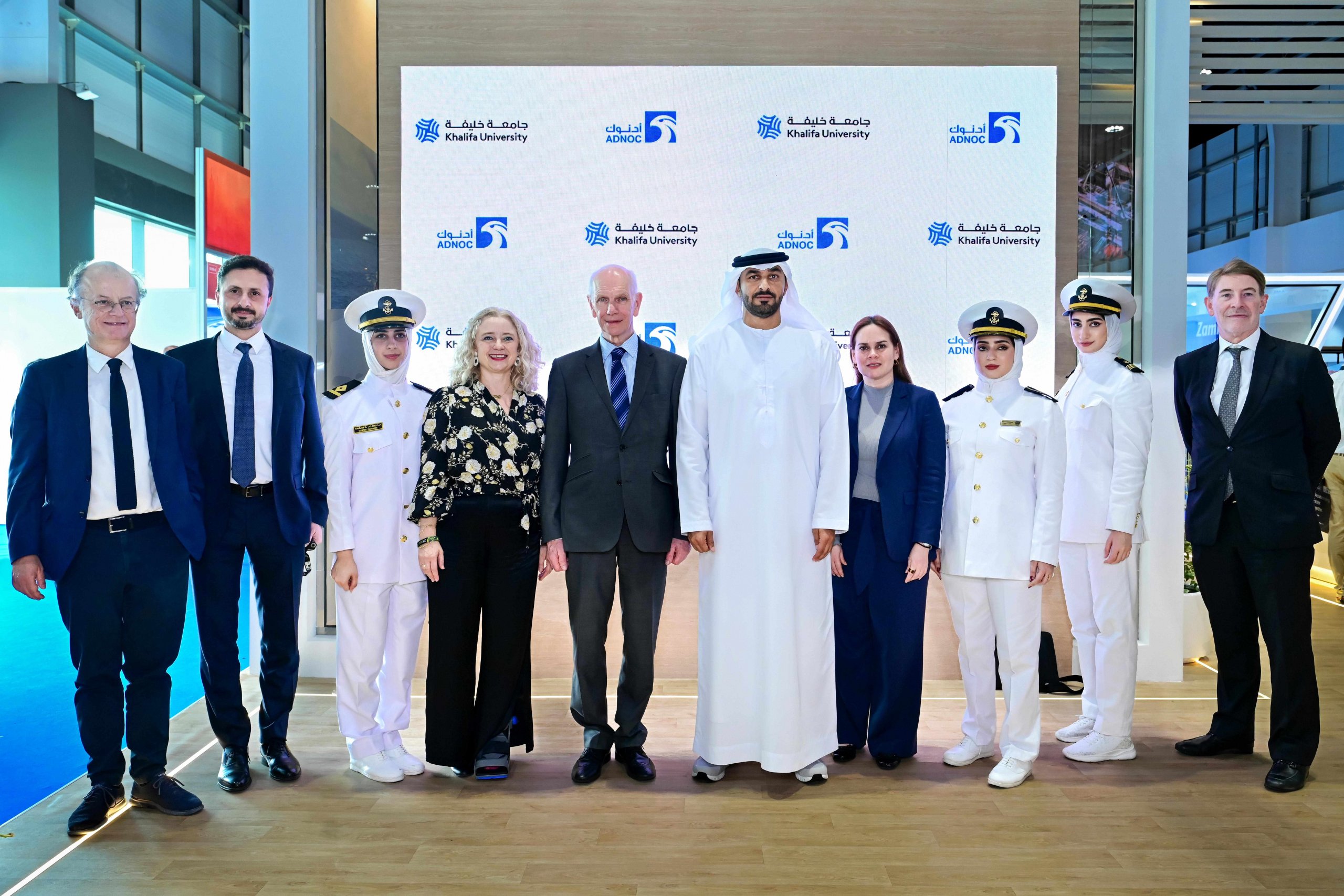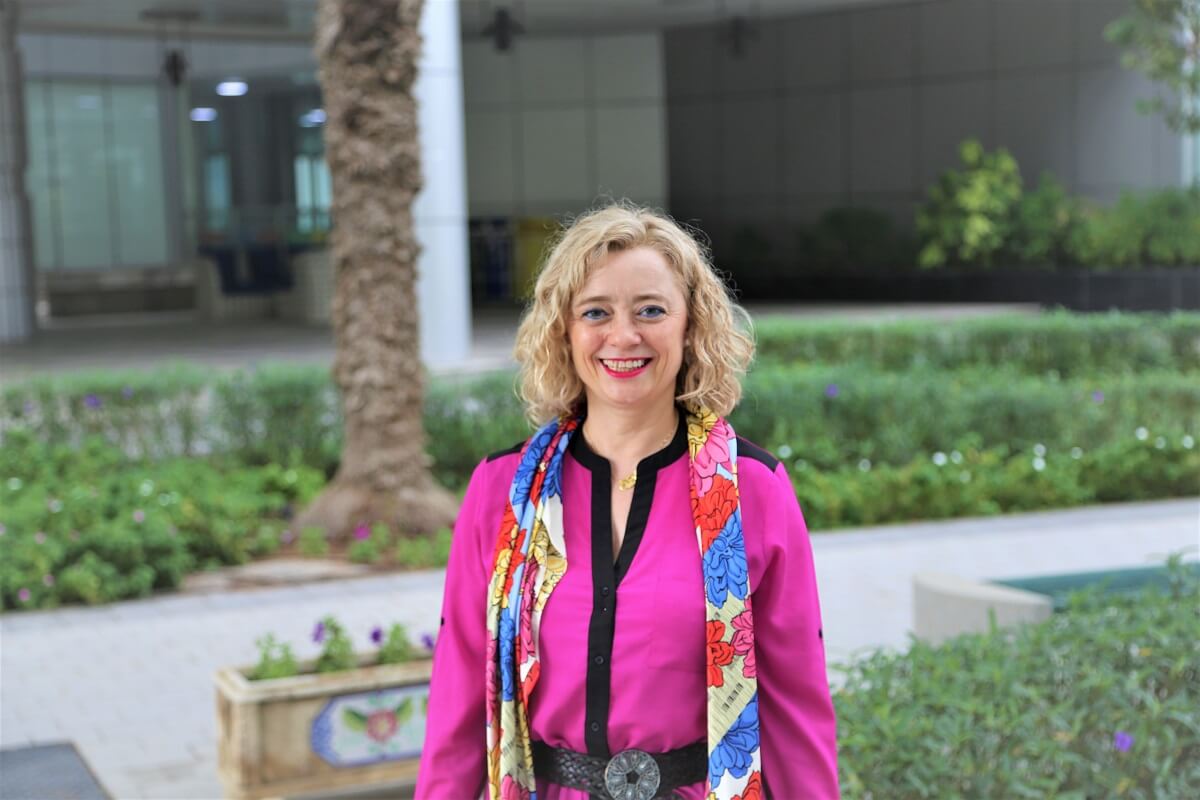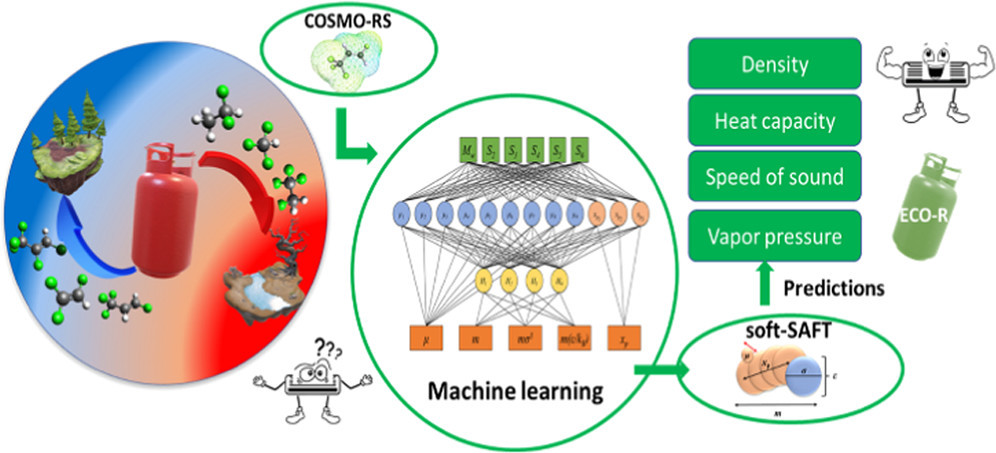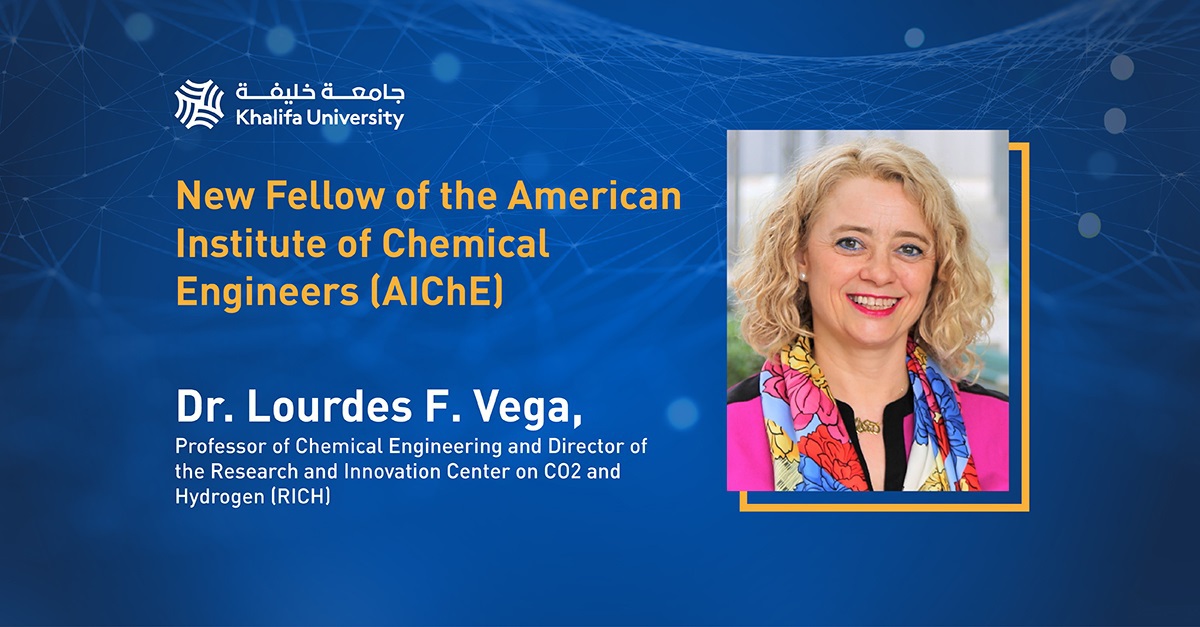Carbon Capture and Conversion Technologies Could Clean the Atmosphere and Turn CO2 into Commercial Opportunities

By Dr. Ludovic Dumée
Dr. Ludovic Dumée , Assistant Professor of Chemical Engineering at Khalifa University, outlines the strategies and technologies that could be deployed to turn CO2 emissions into a resilient circular economy.
Read Arabic story here.
The continuous emission of carbon dioxide into the atmosphere is the leading cause of climate change and subsequent extreme weather events.
In 2015, the international community adopted the Paris Climate Agreement, agreeing to limit the global average rise in temperature to less than 2° C, compared to pre-industrial levels, but with ambitions to limit the rise to less than 1.5° C. Along with a paradigm shift from fossil fuels to renewable energy sources, deployment of carbon capture and storage technologies was proposed as a core strategy to actively and significantly reduce greenhouse gas emissions. This is in addition to the clear economic benefit that could be derived from using CO2 as a feedstock material for chemical products in a resilient circular economy.
While research into CO2 capture technologies is gaining traction, research into integrated capture and conversion strategies – which involves capturing CO2 at its source and effectively transforming the CO2 into value-added chemicals within the same chemical process – has received significantly less attention.

With my colleagues from Deakin University in Australia, including Dr. James Maina, Prof. Jennifer Pringle and Prof. Joselito Razal, and Dr. Suzana Nunes from King Abdullah University of Science and Technology in Saudi Arabia, Dr. Fausto Gallucci from Eindhoven University of Technology in Netherlands, and Dr. Lourdes Vega, Director of Khalifa University’s Research and Innovation Center on CO2 and Hydrogen (RICH), we published a review paper in the journal ChemSusChem to assess recent advances in the integrated capture and conversion of CO2 from industry gases and atmospheric air.
Carbon capture and storage technologies (CSS) have been demonstrated across a number of pilot operations globally and typically include capturing CO2 from emission sources such as power plants, followed by compression prior to transportation to long-term storage sites. Although CSS technologies are viable for the capture of CO2 from large sources at high concentration levels, such as fossil fuel power plants or cement factories, they are not practical for small and distributed sources, such as transportation and residential heating, which cumulatively account for around half of all CO2 emissions.
For these cases, technologies that can extract CO2 directly from the atmosphere are needed if the associated carbon emissions are to be mitigated. These are direct air capture technologies (DAC) and they have some distinct advantages over traditional carbon capture technologies, including not needing to be located close to emission sources, which makes them deployable to any location around the world. However, since there is a much lower concentration of CO2 in the atmosphere compared to that available in the by-product gas from industrial plants, DAC is much more costly and energy intensive.
Associated with carbon capture and storage is carbon capture and utilization (CCU) where the CO2 captured from various sources is put back to work as a raw material. While CCU is most often associated with Enhanced Oil Recovery, CO2 can also produce valuable chemicals and fuels, which may be marketed to generate revenue and offset the expenses associated with the capture process. With a suitable catalyst, CO2 can be converted into a wide variety of products, including acids, monomers and carbon nanomaterials.
The potential for developing profitable businesses from products generated from CO2 is evidenced by the large number of recent start-up companies. The annual methanol market, for example, is expected to reach US$91.5 billion by 2026 and since methanol can be made from hydrogen and CO2, this represents a significant opportunity.
However, to further minimize energy requirements and eliminate the risk of secondary CO2 emissions, new, sustainable and energy efficient materials and processes that capture and convert CO2 emissions from the air directly need to be developed.
In our paper, we recommend that conversion reactions be carried out using renewable energy and that any chemicals and catalyst materials be produced using sustainable methods. Otherwise, CO2 derived products won’t have a low carbon footprint compared to fossil-fuel derived products. To highlight this, the generation of methanol from a reaction between CO2 and hydrogen generated by reforming of natural gas was found to release three times more CO2 than the conventional industrial production technique. But when the same reaction was carried out with hydrogen generated from wind power, there was a 58 percent reduction in emissions.
There is great potential in the scale-up and commercialization of capture and conversion technologies, but there are also key technological challenges hindering the advancement of this field that research can help overcome. Research and development carried out in the RICH Center at Khalifa University is tackling some of these challenges from a different angle.
Dr. Ludovic Dumée is an Assistant Professor of Chemical Engineering at Khalifa University and a faculty member of the Research and Innovation Center on CO2 and Hydrogen (RICH).




